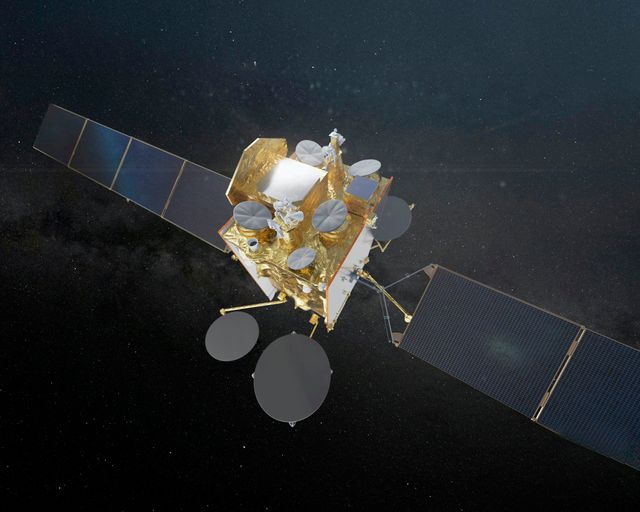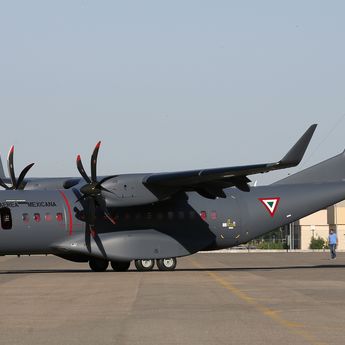Syracuse IV

Secure communications for all scenarios
The Syracuse IV satellite-based telecommunications programme equips the French Armed Forces with secure communications for all operations.
This programme comprises two military satellites – Syracuse 4A and 4B – and ground stations for all three services (Army, Navy, and the country’s Air and Space Force), enabling long-range communications between areas of operations and the decision-making centres in mainland France.


A response to battlefield digitalisation
SYRACUSE IV is the 4th generation secure military satellite communications system.
The two SYRACUSE 4A and 4B satellites deliver increased communications capacity and enhanced functionality, including higher throughput and flexibility, along with a broader coverage area and resistance to jamming.


Upgrading the ground segment
In addition to its role in developing the Syracuse IV satellites, Airbus is also playing a role in the development of the Syracuse IV ground segment throughout the 2020s.
Ground segments play a critical role in ensuring reliable transmission of data, taking into account the armed forces' exponentially increasing data transmission requirements, while ensuring a very high level of availability and security.
The latest Syracuse IV news
in the spotlight
-

Airbus next-generation Skynet satellite reaches major milestone
Press Release
Defence
The UK’s next-generation military communications satellite - Skynet 6A - has successfully completed the coupling of its communications and service modules. -

Airbus to build the communication network for the French air and naval force, stage 3
Press Release
Defence
-

Airbus awarded German Armed Forces prime contract for military communications…
Press Release
Space
-

Airbus delivers first active antenna of the SpainSat NG-I satellite
Web Story
Space
-

Airbus solutions provide hurricane relief efforts in Mexico
Web Story
Company

